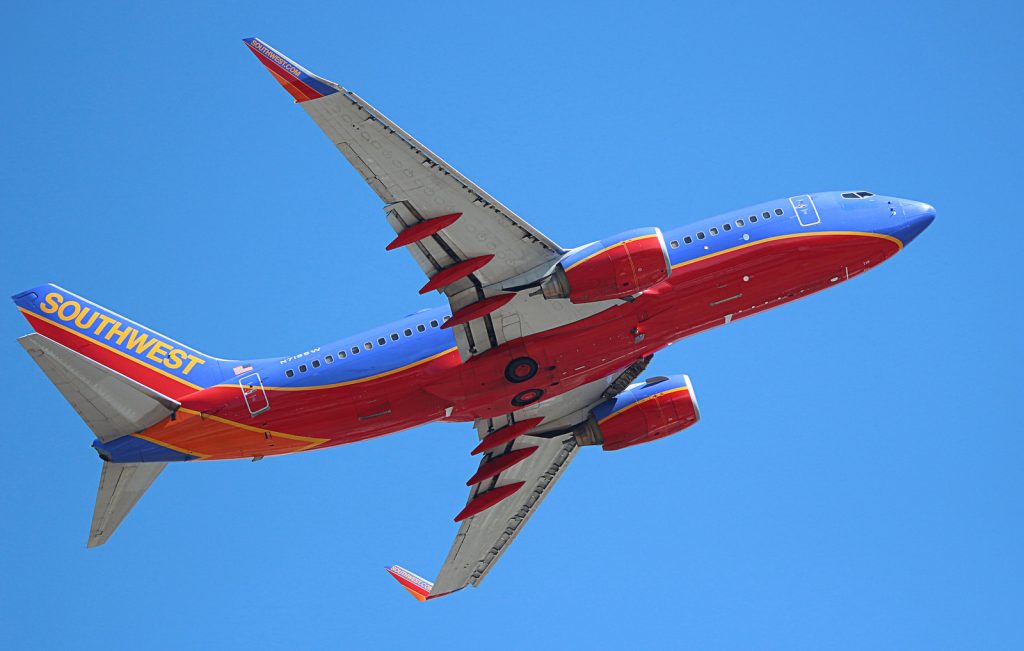
Last week, a Southwest Airlines plane (Flight 1380) experienced major malfunctions, leading to a blown engine and a dislodged fan blade. The blade shattered a window, causing a woman to be partially sucked out and perish. The tragic event has led to a whole series of oversight questions, namely the following: why did this happen in the first place? According to several reports, the company who designed the problematic engine, CFM International Inc, was gearing up for an expansive inspection just prior to the incident. The inspection would have included the Southwest Airlines plane and could have helped prevent the disaster.
Context
A year before the incident, after another similar event, CFM had already sent out an inspection proposal to various airlines, recommending inspections on engines excluding the one on Flight 1380. That original bulletin called for inspections on fan blades that had experienced more than 15,000 flights since their last overhaul. In the weeks leading up to the accident, the company sent a series of recommendations to companies, asking for feedback on their approach. After receiving said feedback, the company elected to expand the inspection to include all older fan blades such as the defective ones on Flight 1380 – only it was too late. Rick Kennedy, a spokesperson for CFM, assured the public that the recommendations “had been in the works for weeks before the incident.”
Assurances
The Federal Aviation Administration (FAA) responded to the recommendations, ordering emergency inspections. According to Kennedy, CFM wants to get to the bottom of this rare engineering breakdown. “We’re on the very front end of trying to understand this phenomenon,” he said, continuing, “The biggest challenge in our industry is managing something that’s exceedingly rare. You don’t have a baseline.”
Southwest Airlines, a Dallas-based company, put out its own assurances. According to Brandy King, a spokesperson for the company, Southwest had already carried out inspections on 265 engines. Each of the engines they voluntarily reviewed had undergone 30,000 flights.
Safety Record
The airline is known for its low-cost business model that requires its planes to fly often. This could lead to wear-and-tear that other airlines avoid with fewer flights per aircraft. Certainly, CEO Gary Kelly will face pressure after this event. In the past, the company has enjoyed a relatively clean record, with only one death in 47 years. Nonetheless, Southwest has found itself subject to a number of fines related to a lack of required repairs and other safety violations. What’s more, within a nine-year timespan, two Southwest airplanes have experienced rooftop ruptures.
Cutting Corners
One possible source of the malfunction could be a culture of cutting corners at Southwest. Workers have filed complaints – which have now been reviewed by the FAA – that claim higher-ups have been putting pressure on mechanics to get the job done efficiently, even if that means skipping over eye-catching problems. In one instance, a worker, who found some dangerous corrosion, was castigated for being too thorough. He went beyond the scope of his assignment, according to his supervisors.
Inspections
Now, after the FAA’s emergency bulletin was released last week, nearly 60 airlines will need to rush to inspect each engine that has gone through 30,000 cycles. Companies will also have to inspect engines with 20,000 cycles, but the deadline for those is August. According to Popular Mechanic, it’s the CFM56-7B engines that are problematic, and these can generally be found on 737-700 and 800 models. These inspections will cause a number of cancellations and delays. Southwest had to ground nearly 10 percent of its flights on the Monday following the incident.
“Simply Cannot Fly”
Now, the FAA and the National Transportation Safety Board are under the microscope, having failed to adequately address problems that emerged in the 2016 flight, which suffered from similar problems. According to Greg Feith, “The FAA is developing a credibility issue.” Democratic Senator Chuck Schumer has taken aim at the agency, lamenting the recent fall in standards: “Since at least 2014, it would appear the FAA has been in a nose-dive on safety and that simply cannot fly.”
Looking ahead, the aviation industry, together with the regulatory agencies responsible for overseeing that industry, may be subject to more public scrutiny, and that might be a good thing for anyone who wants higher safety standards on aircrafts.
If you or someone you love was injured in a plane crash, talk to an experienced attorney.